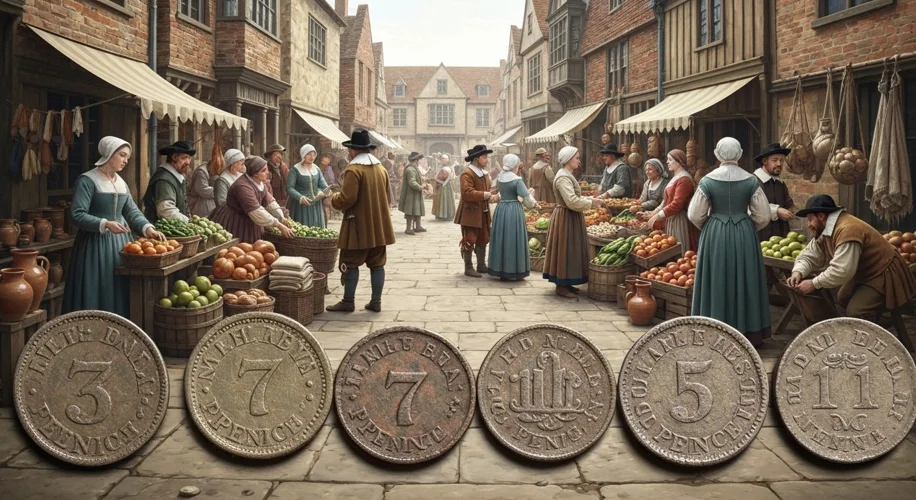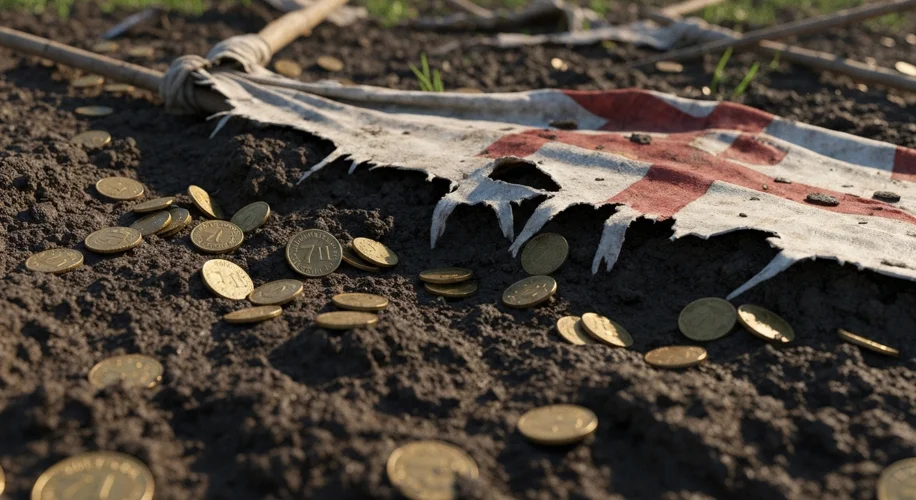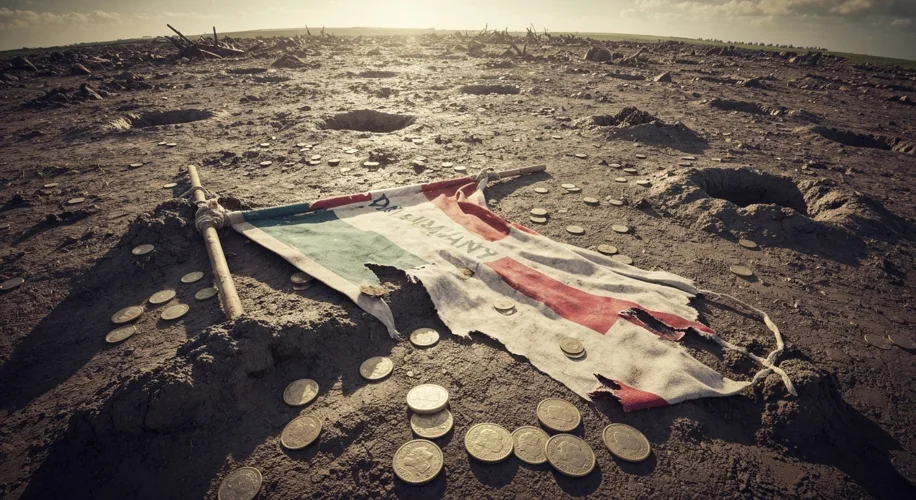The clinking of coin was the lifeblood of any kingdom, and in the tumultuous 17th century, England’s arteries were surely strained. The English Civil War, a brutal conflict that pitted Crown against Parliament, shattered not only lives but also the very foundations of the nation’s economy. Amidst the thunder of cannons and the clash of steel, whispers emerged of peculiar coinage: coins valued at seven or eleven pence. Were these mere rumors, or did such unusual denominations truly circulate in this era of upheaval?
To understand the context of these curious coins, we must first step back into the turbulent years preceding the war. For centuries, England’s coinage had been largely standardized, with the pound sterling, shillings, and pence forming a familiar, if sometimes uneven, system. However, the reign of Charles I was marked by increasing financial strain and a growing distrust between the King and Parliament. Charles, ever in need of funds, resorted to measures like ship money and forced loans, which were deeply unpopular and viewed as tyrannical.

When war finally erupted in 1642, the situation grew exponentially more complex. Both Royalist and Parliamentarian forces needed to pay their soldiers, procure supplies, and manage the day-to-day economic realities of a nation at war. The established royal mints were disrupted, and in many regions, local authorities or military commanders took it upon themselves to issue coinage. This led to a proliferation of ‘tokens’ and ‘necessity’ pieces – often crudely made coins or pieces of metal stamped with a value or symbol, intended for local circulation.
The question of seven or eleven pence, however, points to something more specific. Numismatists, those dedicated scholars of coins and currency, have long debated the existence and purpose of such denominations. The standard denominations of the time were far more regular: farthings (1/4 penny), halfpennies, pennies, twopences, and so on, up to shillings (12 pence) and pounds.
So, why seven or eleven pence? Several theories have been put forward. One prominent explanation centers on the practicalities of wartime economies and the need for convenient change. In an era where silver was often cut into pieces for smaller transactions, or where local tokens were issued with whatever metal was at hand, denominations that didn’t easily divide into larger units might have served a specific purpose. For instance, a seven-pence piece could have been useful for specific transactions that didn’t neatly align with the twelve-pence shilling. Similarly, an eleven-pence coin would be just shy of a shilling, perhaps intended for a particular trade or fee.
Another perspective suggests these odd denominations might have been related to the payment of soldiers or specific wartime levies. Record-keeping in the 17th century was far from perfect, and unique denominations could have been introduced to facilitate accounting for particular units or campaigns. The chaos of war often necessitated ad-hoc solutions, and the creation of ‘odd’ coins could have been one such measure.

However, definitive proof of widespread circulation of officially minted seven or eleven pence coins from this period is scarce. While tokens and informal coinage were rampant, the existence of these specific denominations as a regular part of the currency is debated. Some scholars point to isolated finds or references in contemporary documents, but many consider these to be rare curiosities or perhaps even misinterpretations.
It’s crucial to distinguish between officially sanctioned currency and the vast array of tokens, siege pieces, and private issues that flooded the market. The Royal Mint, under the control of either Crown or Parliament, generally adhered to established denominations. However, the breakdown of central authority meant that many local authorities, merchants, and even individual garrisons issued their own coinage to meet immediate needs. These often bore denominations that were practical for their specific context, and it’s within this realm of ‘necessity’ coinage that the seven and eleven pence pieces are most likely to be found, if they existed at all in any significant quantity.
The economic landscape of the English Civil War was a testament to human ingenuity under duress. While the familiar shilling and pence remained the bedrock of the monetary system, the war fostered an environment where unconventional currency solutions emerged. The legend of the seven and eleven pence coins, whether fact or folk tale, speaks to the desperate measures taken to keep commerce flowing amidst the chaos of a nation tearing itself apart. These unusual denominations, if they existed as more than isolated curiosities, represent a fascinating, albeit small, footnote in the complex economic history of one of Britain’s most defining conflicts.


